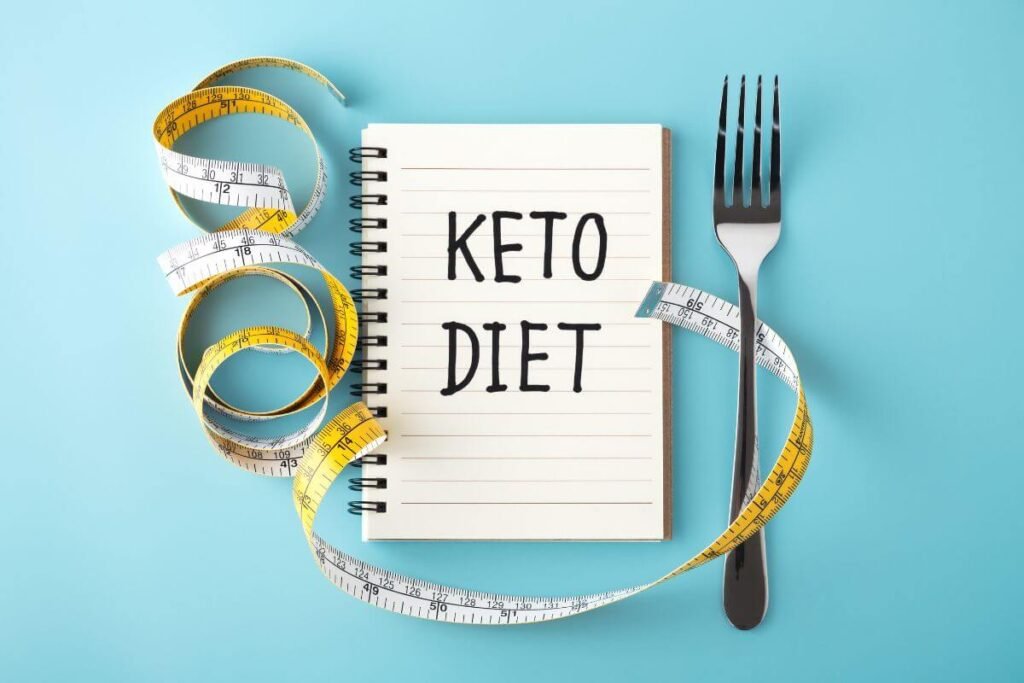In a world fixated on convenient solutions for weight loss, the Keto diet has acquired monstrous fame. This low-carb, high-fat diet helps shed those additional pounds as well as offers a few medical advantages. In the event that you’re thinking about leaving on a Keto venture, it’s important to comprehend what food varieties to incorporate and what to avoid. In this extensive aid, we’ll jump into the complexities of the Keto diet, furnishing you with an unmistakable guide to progress.
Click Here to Get Your custom diet plan
Table of Contents
Understanding the Keto Diet
The Keto diet, short for the ketogenic diet, centers around radically lessening your carbohydrate admission and supplanting it with sound fats. This change in macronutrients forces your body into a condition of ketosis, where it consumes fat for energy rather than carbohydrates.

The Science Behind Ketosis
Ketosis is a metabolic state wherein your body separates fat into particles called ketones. These ketones become your essential wellspring of energy. This cycle helps with weight loss as well as offers mental lucidity and further developed energy levels.
Benefits of the Keto Diet
- Weight Loss: The Keto diet is renowned for its capacity to advance quick and feasible weight loss.
- Improved Insulin Sensitivity: It can help regulate blood sugar levels and improve insulin sensitivity, making it beneficial for individuals with diabetes.
- Enhanced Mental Focus: Ketosis is known to boost cognitive function and mental clarity.
- Increased HDL Cholesterol: It may raise good cholesterol levels in the body.
Foods to Embrace on a Keto Diet
Healthy Fats
Incorporate solid fats like avocados, olive oil, and nuts into your diet. These fats are fundamental for keeping up with ketosis.
Low-Carb Vegetables
Salad greens, broccoli, cauliflower, and zucchini are great decisions as they are low in carbs yet wealthy in supplements.
Lean Proteins
Choose lean wellsprings of protein like chicken, turkey, and fish to keep a decent diet.
Dairy Products
Consolidate dairy items like cheddar and Greek yogurt with some restraint to meet your calcium needs.
What to Avoid on a Keto Diet
High-Carb Foods
Steer clear of high-carb foods like bread, pasta, and rice.
Sugary Treats
Eliminate sugary snacks, candies, and desserts from your diet completely.
Grains and Legumes
Say no to grains like wheat, oats, and legumes like beans and lentils.
Starchy Vegetables
Avoid starchy vegetables like potatoes and corn.
Meal Planning on Keto
Making a dinner plan is significant for progress on the Keto diet. Here is an example Feast intends to kick you off:
Sample Keto Meal Plan
- Breakfast: Scrambled eggs with spinach and avocado.
- Lunch: Grilled chicken salad with olive oil dressing.
- Snack: Almonds and celery sticks with cream cheese.
- Dinner: Baked salmon with asparagus and a side of cauliflower rice.
Tips for Success
- Stay hydrated by drinking plenty of water.
- Monitor your carb intake meticulously.
- Be patient, as it may take some time for your body to adapt to ketosis.
- Don’t forget to exercise regularly to enhance your results.
Common Keto Mistakes
Avoid these common mistakes on the Keto diet:
- Neglecting fiber intake.
- Overeating protein.
- Not consuming enough fats.
- Ignoring electrolyte balance.

Is the Keto Diet Suitable for Everyone?
While the Keto diet can be profoundly viable, it may not be appropriate for everybody. Counsel medical services proficiently before beginning on the off chance that you have hidden medical problems.
Combining Keto with Exercise
Integrate ordinary activity into your everyday practice for ideal outcomes. Exercises like running, swimming, and weightlifting supplement the Keto diet well.
Staying Hydrated on Keto
Ketosis can prompt expanded water loss, so it’s pivotal to remain hydrated. Drink a lot of water over the course of the day.
Tracking Progress
Keep a diary to follow your dinners, weight, and how you feel. This will assist you with making fundamental changes en route.
Keto-Friendly Snack Ideas
- Cheese and pepperoni slices.
- Celery sticks with almond butter.
- Guacamole with cucumber slices.
Handling Keto Flu
In the underlying phases of the Keto diet, you might encounter side effects like weariness and crabbiness. This is known as the Keto influenza and is impermanent. Remain hydrated and devour electrolyte-rich food sources to ease these side effects.
Conclusion
The Keto diet can be a distinct advantage for weight loss and in general well-being. By understanding the standards of ketosis and pursuing informed food decisions, you can accomplish your wellness objectives. Keep in mind, that it’s not just about shedding pounds; it’s tied in with embracing a better way of life.
FAQs
1. Can I drink alcohol on the Keto diet?
- Alcohol consumption should be limited as it can hinder ketosis. Stick to low-carb options like dry wine or spirits in moderation.
2. How long does it take to reach ketosis?
- It varies from person to person but typically takes a few days to a week of strict carb restriction.
3. Are cheat days allowed on the Keto diet?
- While occasional cheat days are not forbidden, they may delay your progress and make it harder to maintain ketosis.
4. Can vegetarians follow the Keto diet?
- Yes, vegetarians can follow a Keto diet by focusing on plant-based fats and protein sources.
5. Is the Keto diet safe for long-term use?
- The long-term safety of the Keto diet is still being studied. It’s advisable to consult a healthcare professional for extended use.
Integrate the standards of the Keto diet into your life, and you’ll be well en route to accomplishing your weight loss and well-being objectives. Make sure to talk with a medical care proficient before rolling out critical dietary improvements, particularly in the event that you have fundamental ailments.




